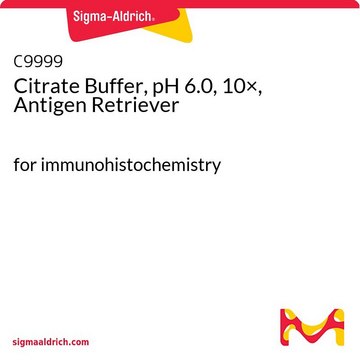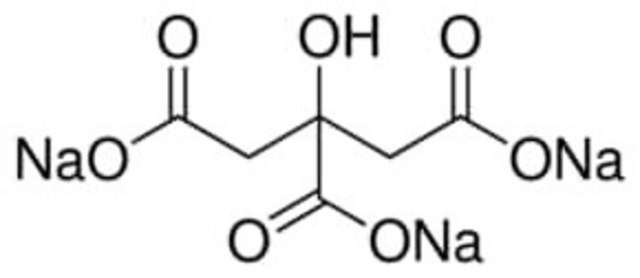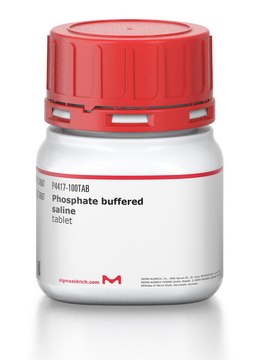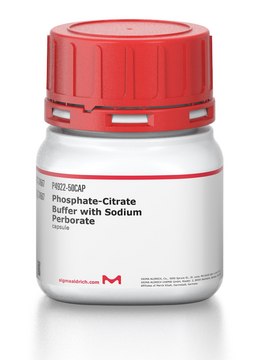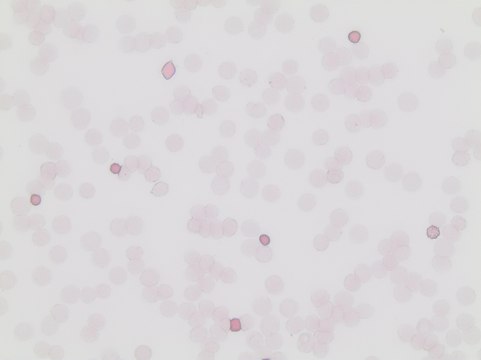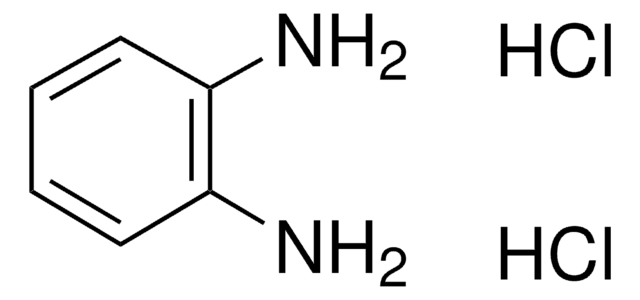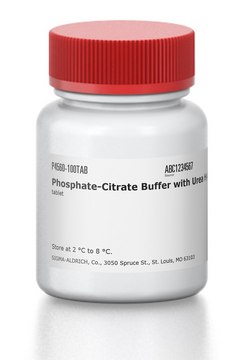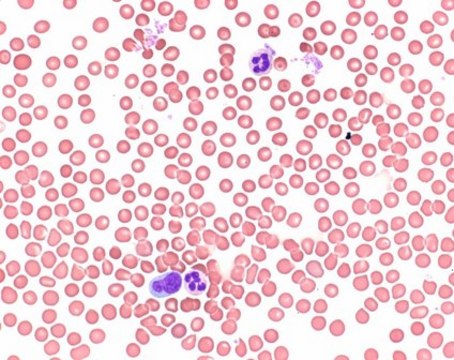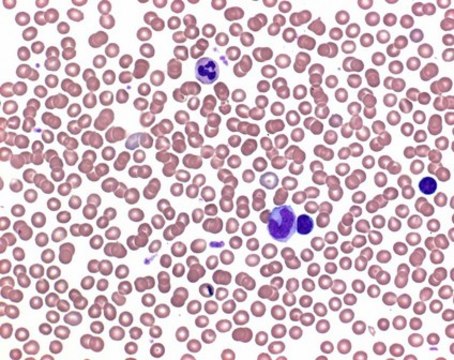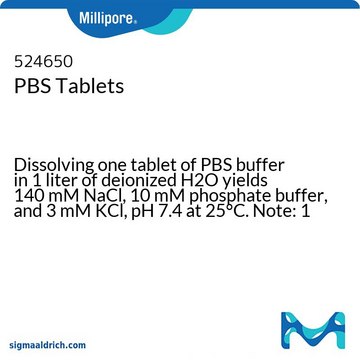P4809
Phosphate-Citrate Buffer
tablet
Synonym(s):
PCR Buffer
About This Item
Recommended Products
form
tablet
pH
4.5-5.5 (1 tablet/100mL in water)
solubility
water: soluble
storage temp.
room temp
Related Categories
1 of 4
This Item | 111373 | 111374 | 524650 |
|---|---|---|---|
| form solid | form tablet | form tablet | form tablet |
| application(s) clinical testing | application(s) clinical testing | application(s) clinical testing | application(s) - |
| storage temp. 2-30°C | storage temp. 2-30°C | storage temp. 2-30°C | storage temp. 10-30°C |
| pH 7.2 (20 °C in H2O) | pH 6.4 (20 °C in H2O) | pH 6.8 (20 °C in H2O) | pH - |
| IVD for in vitro diagnostic use | IVD for in vitro diagnostic use | IVD for in vitro diagnostic use | IVD - |
General description
Application
- Characterization of nettle leaves (Urtica dioica) as a novel source of protease for clotting dromedary milk by non-destructive methods.: This study uses phosphate-citrate buffer in the enzymatic extraction processes to maintain stability and activity of plant-derived enzymes, demonstrating its crucial role in the development of natural coagulants for dairy products (Bouazizi et al., 2022).
- A rapid, low pH, nutrient stress, assay to determine the bactericidal activity of compounds against non-replicating Mycobacterium tuberculosis.: Utilizing phosphate-citrate buffer, this study develops a low pH nutrient stress assay for evaluating the efficacy of antibacterial agents against dormant tuberculosis bacteria, providing a critical tool for drug development (Early et al., 2019).
- Measurement of Free Iodine in Different Formulations of Povidone-Iodine Eye Drops 5.: This investigation uses phosphate-citrate buffer to measure the stability and release of iodine in ophthalmic solutions, highlighting its importance in ensuring the efficacy and safety of eye care products (Prado et al., 2019).
Reconstitution
Signal Word
Warning
Hazard Statements
Precautionary Statements
Hazard Classifications
Eye Irrit. 2 - STOT SE 3
Target Organs
Respiratory system
Storage Class Code
11 - Combustible Solids
WGK
WGK 3
Flash Point(F)
Not applicable
Flash Point(C)
Not applicable
Choose from one of the most recent versions:
Certificates of Analysis (COA)
Don't see the Right Version?
If you require a particular version, you can look up a specific certificate by the Lot or Batch number.
Already Own This Product?
Find documentation for the products that you have recently purchased in the Document Library.
Our team of scientists has experience in all areas of research including Life Science, Material Science, Chemical Synthesis, Chromatography, Analytical and many others.
Contact Technical Service